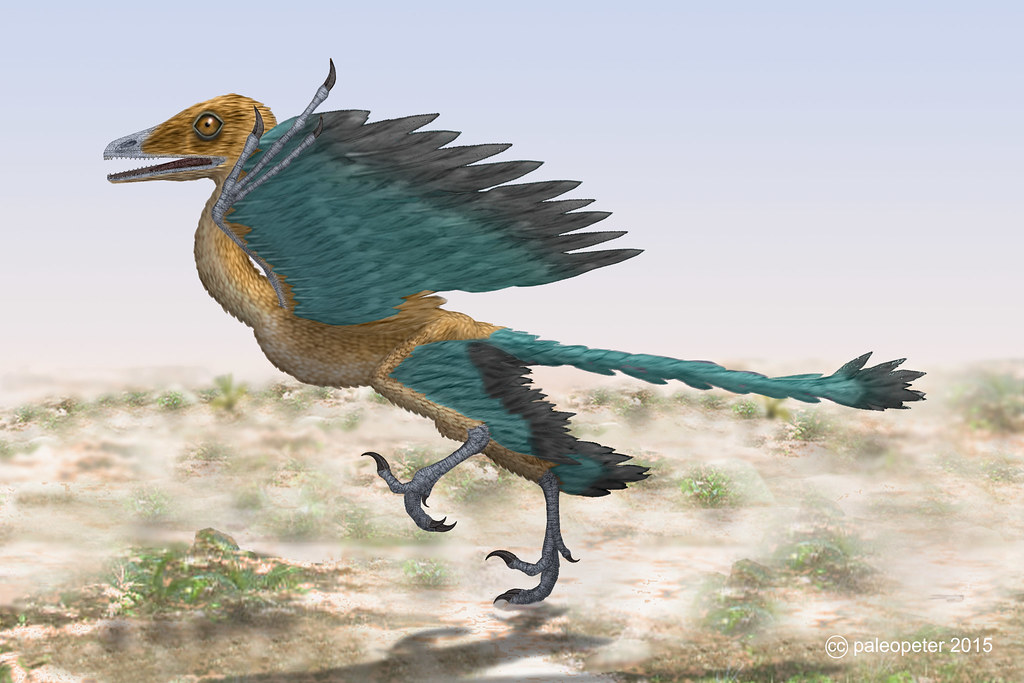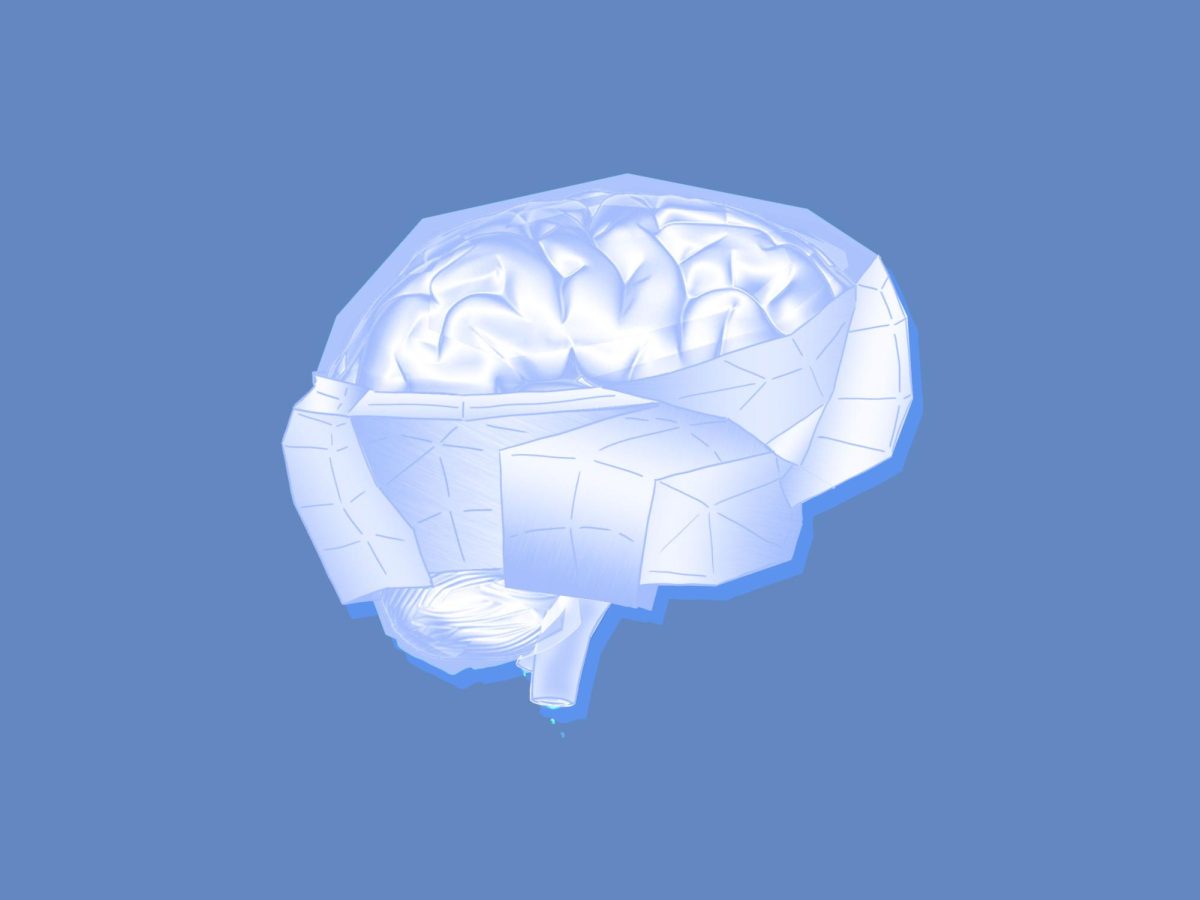A bird-like dinosaur fossil was discovered in the Fuijian Province of China. It was named Fuijianvenator prodigiosus, which means “bizarre hunter from Fuijian” in Latin. This dinosaur is said to have lived in the Jurassic Period about 148 to 150 million years ago.
This discovery is noteworthy because most dinosaurs reportedly disappeared 66 million years ago.
The Fuijianvenator fossil is headless and lacks a complete tail. It’s similar to other bird–like dinosaurs through its body and limbs; for instance, they have similar finger lengths, pelvic features and vertebral details. Despite lacking some adaptations necessary for flying, it had shortened shoulder blades and specialized fingers for gripping.
Moreover, what makes this discovery crucial is that the dinosaur “bridged a gap in the fossil record close to the origin of birds” and is set to “shed new light about the morphological evolution… in the earliest evolutionary stage of birds” according to Min Wang, a professor at Beijing’s Institute of Vertebrate Paleontology and Paleoanthropology, and co-author to the report in the Nature Journal.
“I would say ‘bizarre,’” Wang said when asked for a word to describe the Fuijianvenator.
The Fujianvenator is far from any modern birds, sparking interest among paleontologists.
The dinosaur fossil had a longer lower leg bone or tibia, twice the length of its thigh bone or femur, while
Wang believes this newly discovered creature will tell us a lot more about the emergence and evolution of birds.
“Even at their earliest stages, the closest fossil relatives of birds were diversifying in interesting ways,” Bhart-Anjan Bhullar, a paleontologist at Yale University said. “There are many, many such things left to be discovered.”
As a result of the observed anatomy of its long legs, the researchers of this discovery proposed two likely explanations — either fast running or wading in a swampy environment.
“To me, Fujianvenator represents another interesting piece of evidence showing the wide distribution of various bird-like dinosaurs living nearly at the same time and sharing similar habitats with their bird descendants,”
Dinosaurs have been a source of fascination for people for many years, despite being on Earth in the flesh rather than in fossil form about 250 million years ago. The Fujianvenator will help keep this fascination alive and allow us to learn more about dinosaurs.








